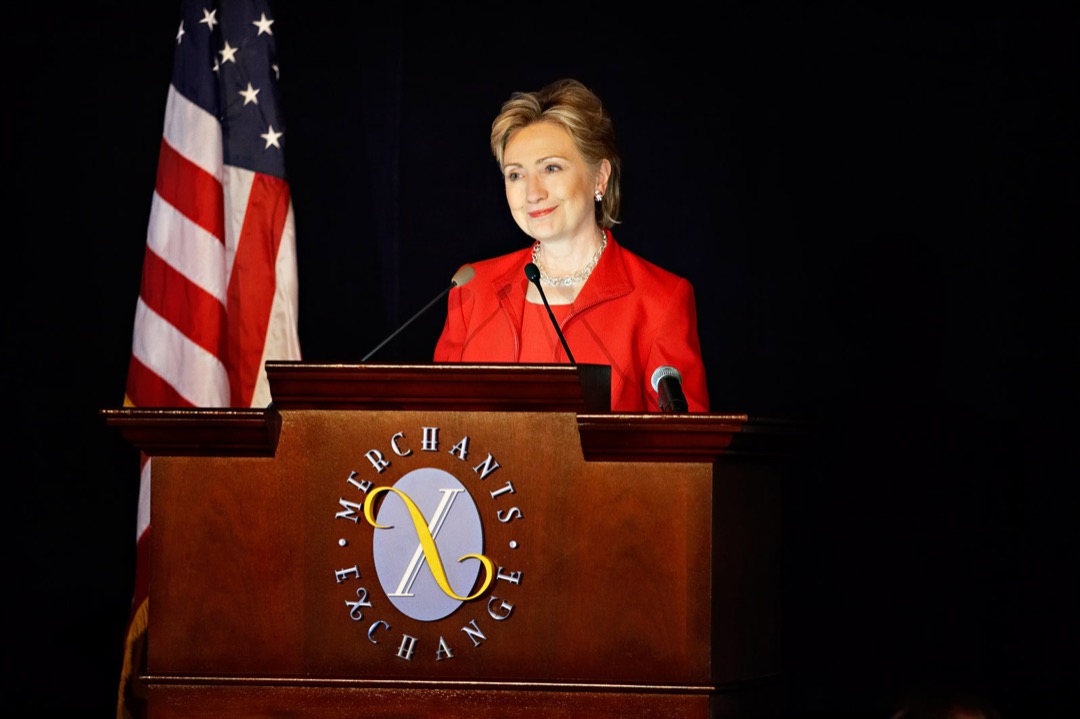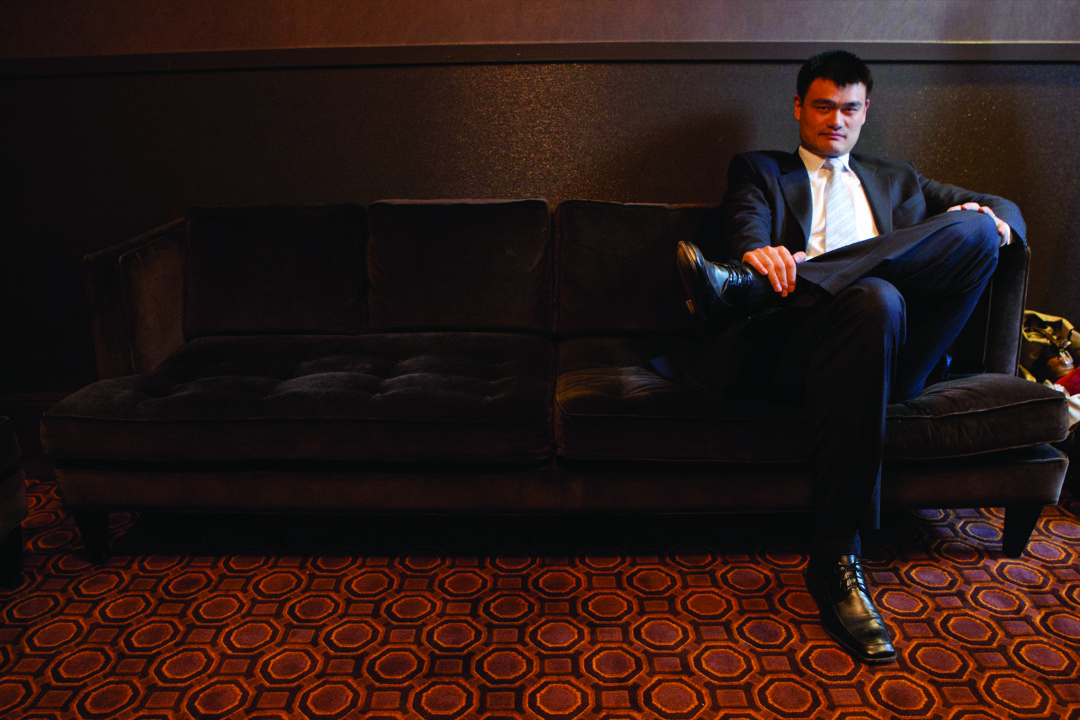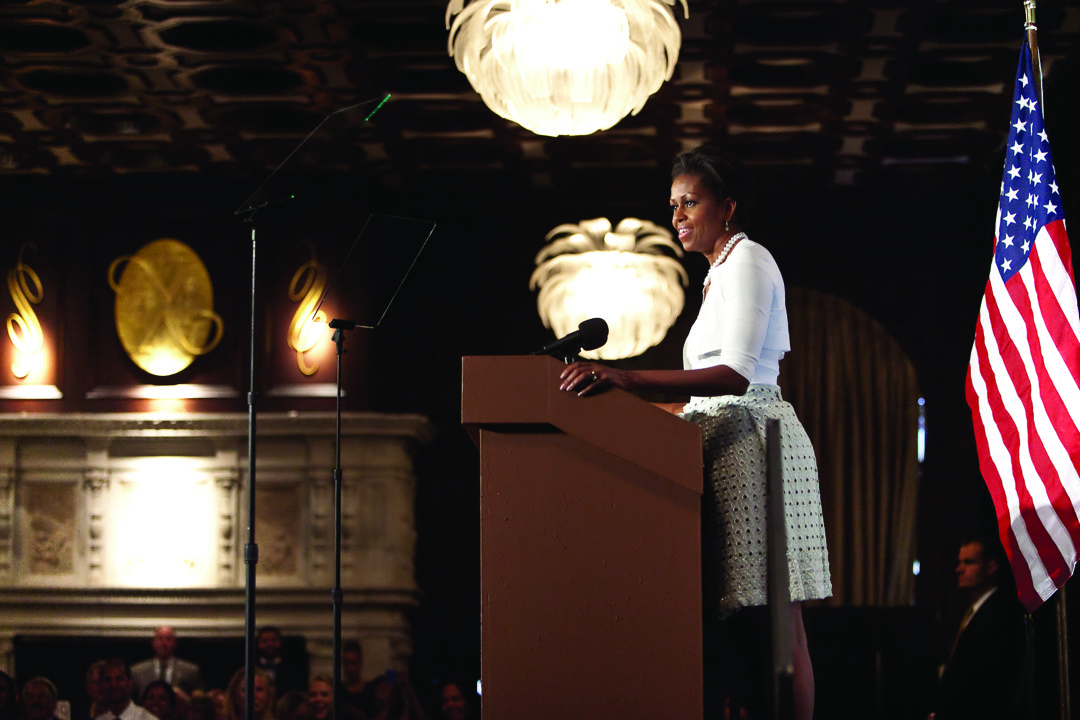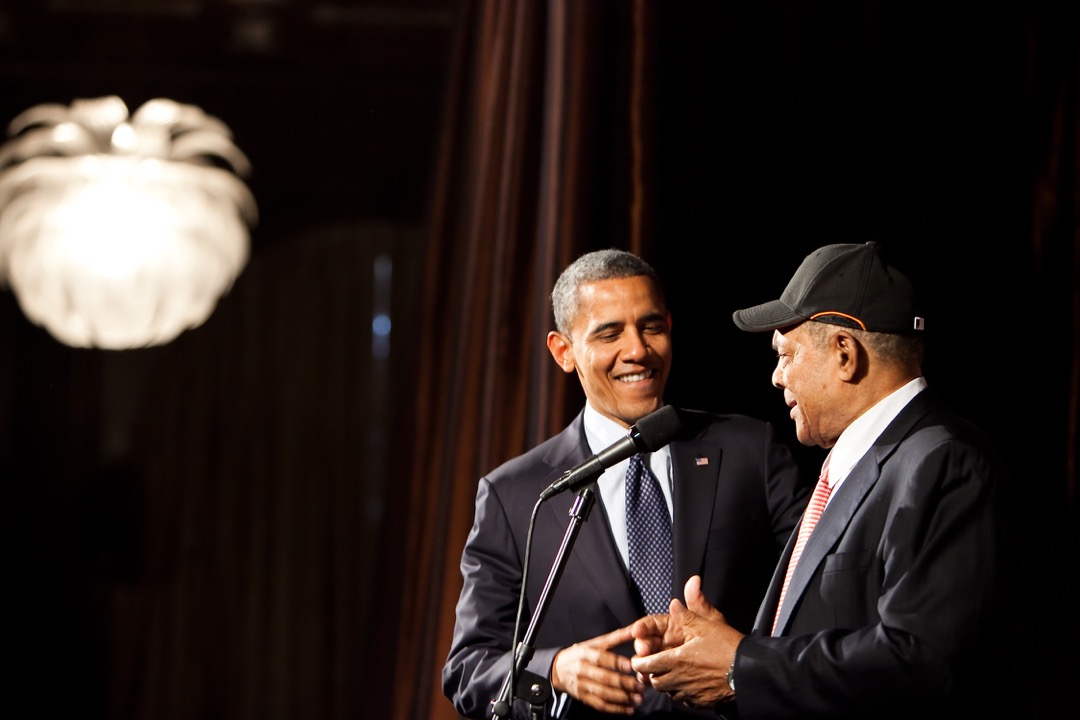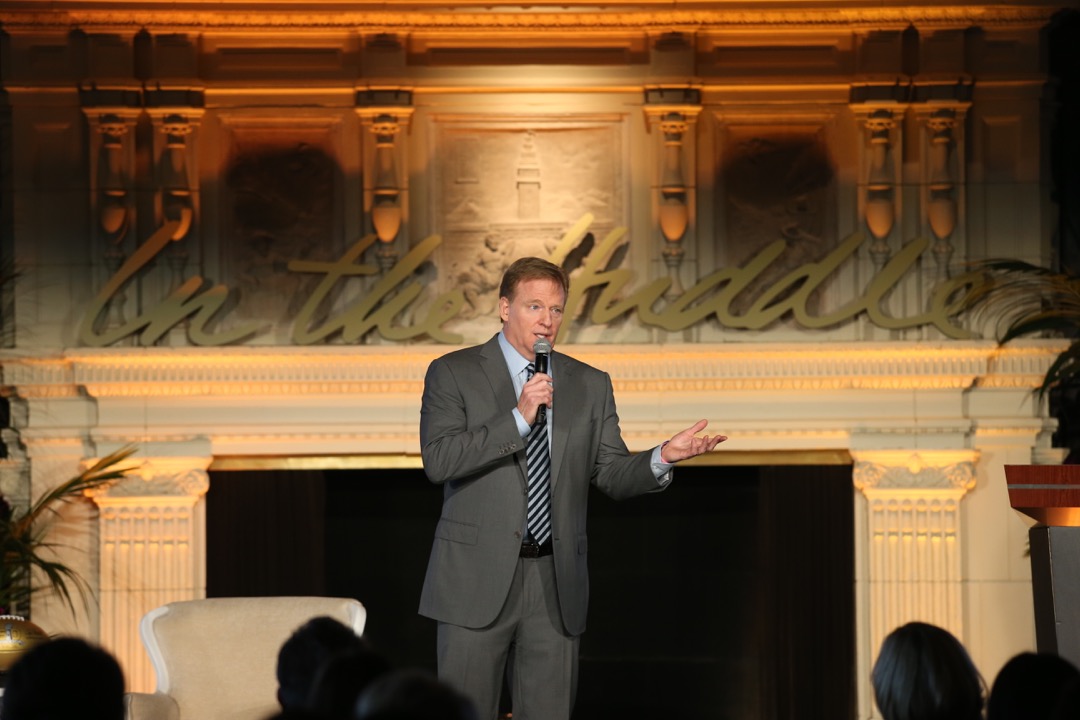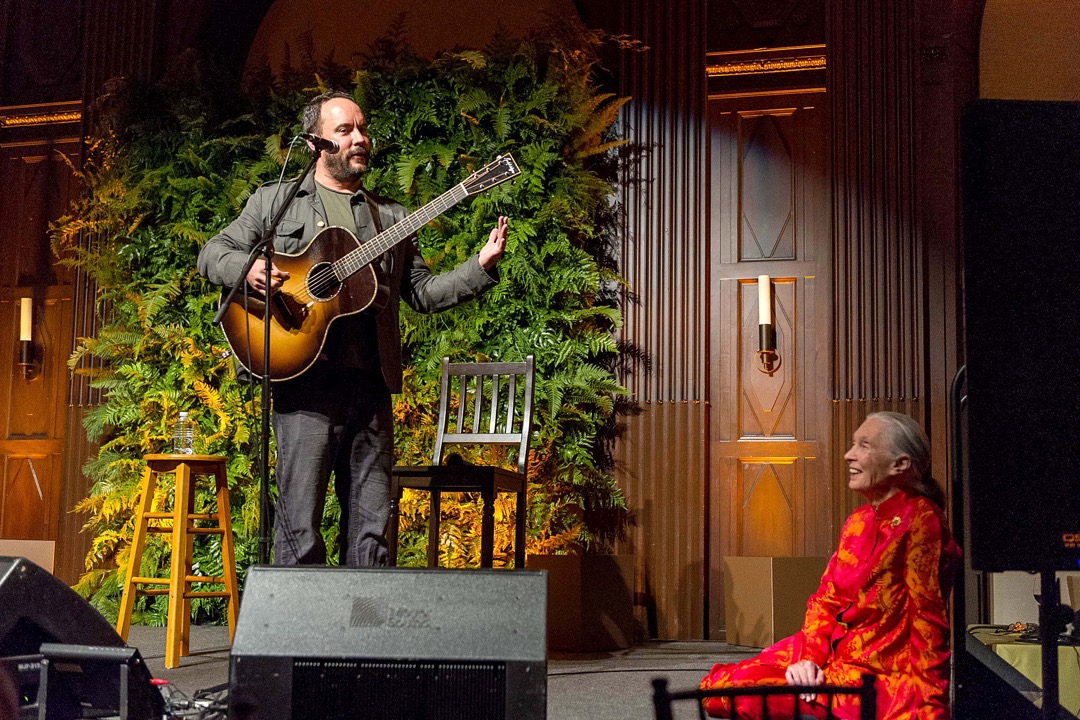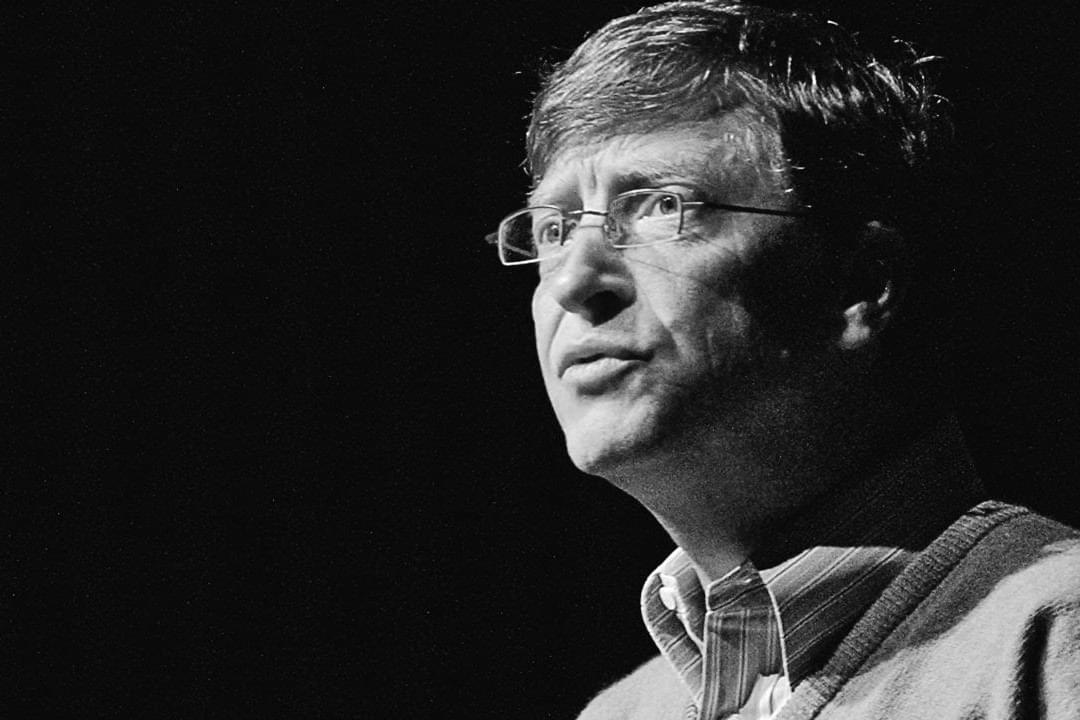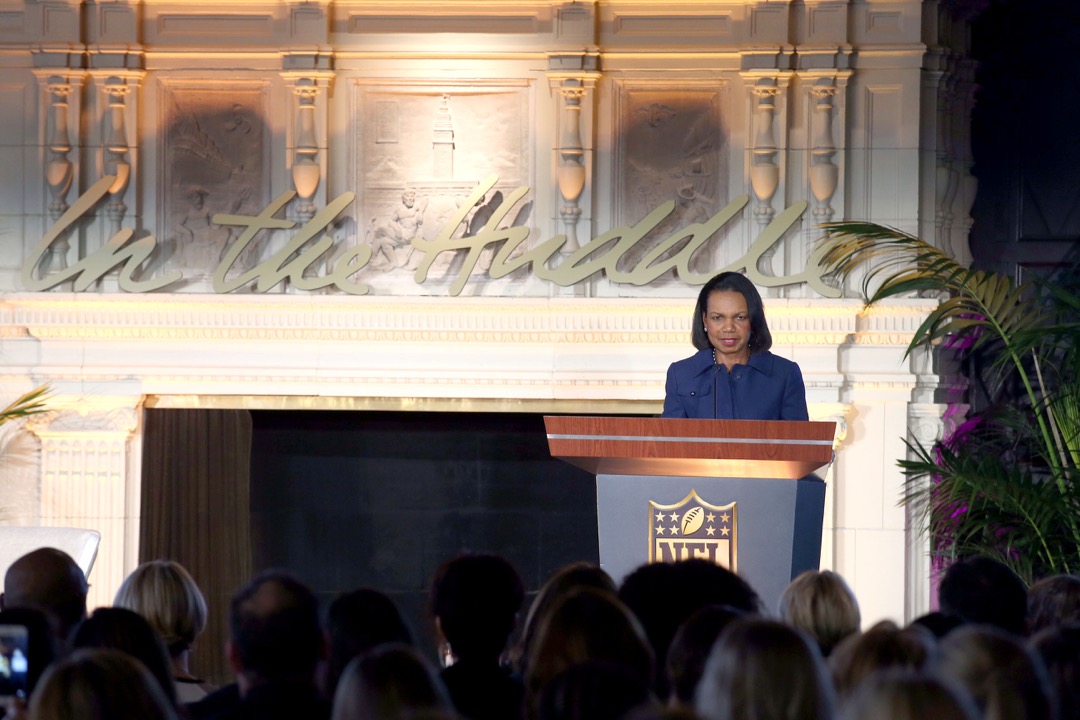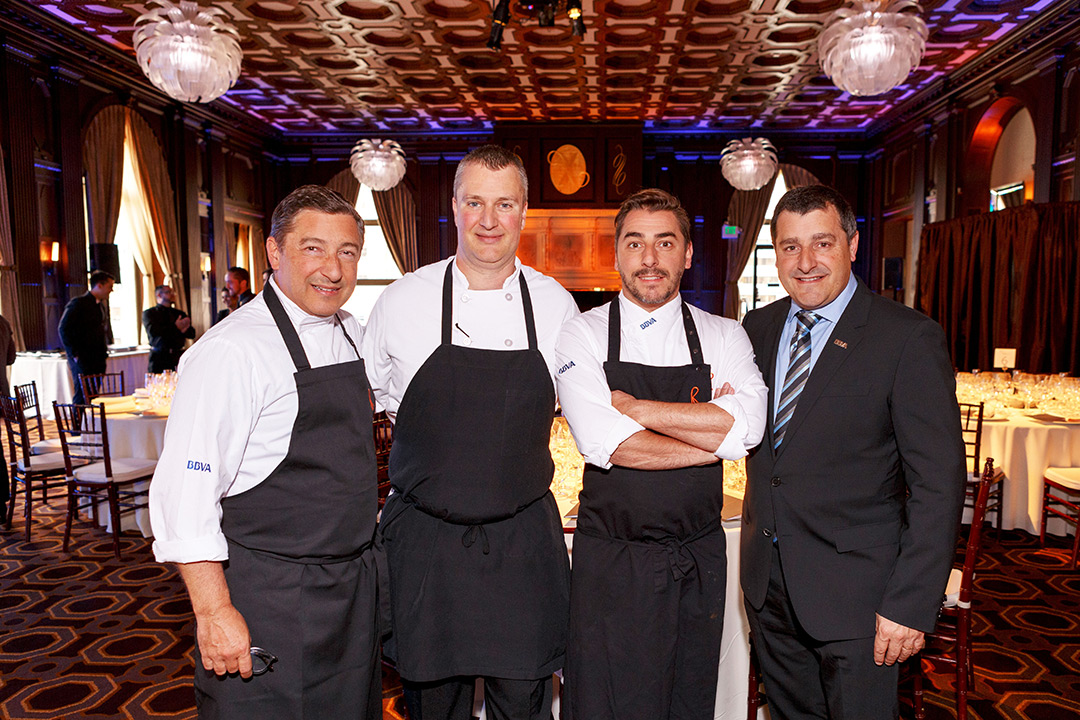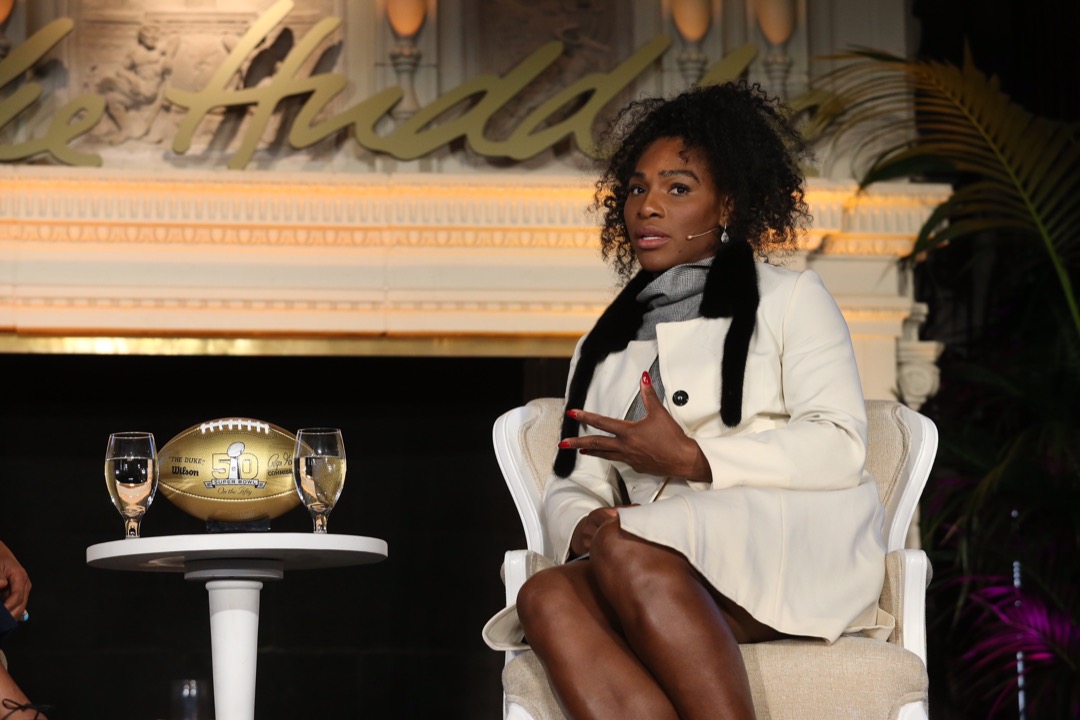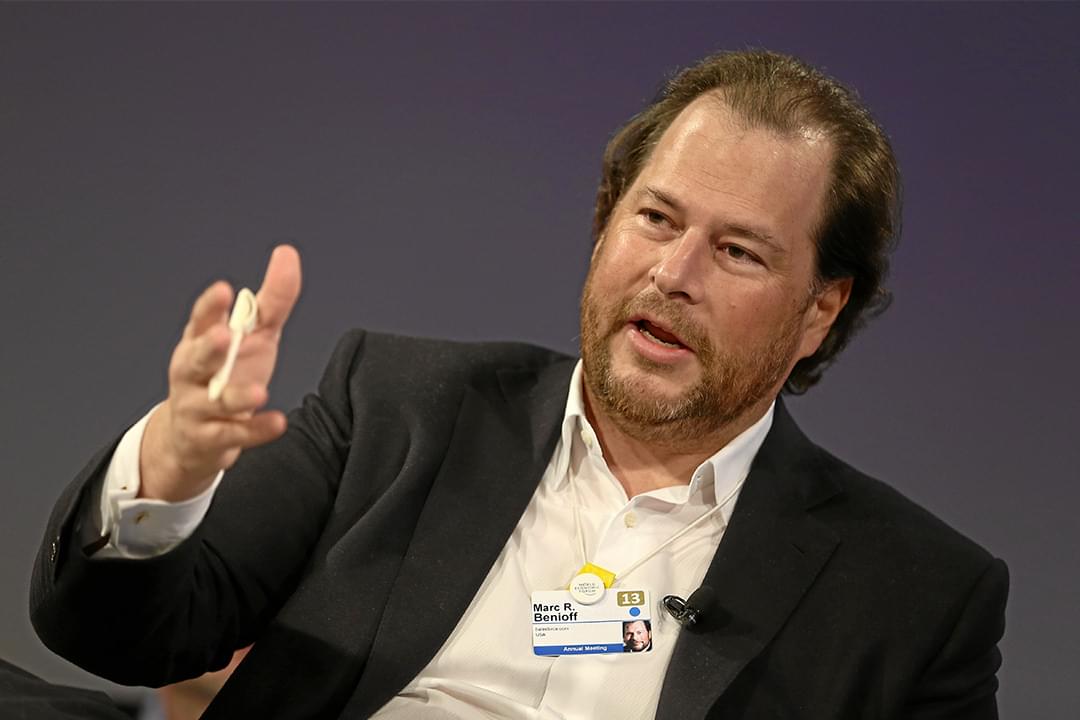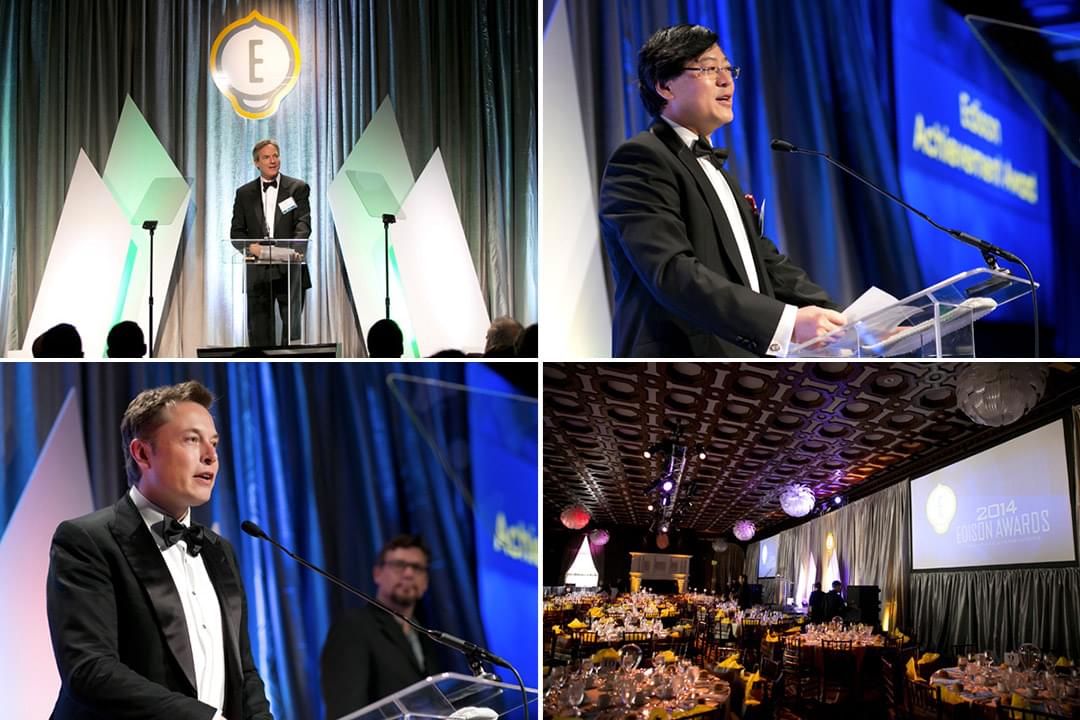The Story
Modern.
Classic.
The Merchants Exchange, located in the heart of San Francisco’s financial district, has been a center for the City’s civic, economic, political, and cultural life for more than 100 years. The building’s distinctive architecture, history of notable inhabitants and unparalleled central Financial District location have cemented the building’s status as one of the City’s most celebrated landmarks.
The building’s storied legacy began in 1904 with the selection of America’s most respected architect for the project. The city’s most influential business leaders chose Daniel H. Burnham, of Chicago Illinois, to construct the Merchants Exchange as a central location for businessmen to meet and conduct commerce.
Burnham’s firm had a reputation for designing structures that fused classical styles with a modern infrastructure. D.H. Burnham & Company’s more famous buildings include Union Station in Washington, DC, the Reliance Building in Chicago, and the Flatiron Building in New York City. Burnham also was a well known for his work as a city planner for Chicago, Washington, D.C., and San Francisco.
Burnham collaborated with a youthful and daring architect, Willis Polk, who headed up Burnham’s San Francisco office. Polk was a colorful local figure with an eccentric personality and extravagant tastes, which often were reflected in his buildings.
Polk’s better known San Francisco commissions include the Hallidie Building, Kezar Stadium, and the Pacific Union Club on Nob Hill, which some may remember was featured in Alfred Hitchcock’s thriller, “Vertigo.”
Only four years after work began on the Merchants Exchange, tragedy struck when the Great Earthquake and Fire of 1906 devastated San Francisco. 28,000 buildings were lost, yet the Merchants Exchange Building survived, albeit damaged by fire.
To redesign and rebuild the building’s damaged interiors, Polk tapped a talented young local architect. Little did he know at the time, but his daring choice would turn out to be an architectural superstar: Julia Morgan. The first female architect to graduate from the École de Beaux-Arts in Paris and the first licensed female architect in California, Morgan’s fame would eventually eclipse Polk’s.
Morgan took to her assignment with verve, making her most distinctive mark on the opulent, light-filled lobby and the breathtaking banking hall. To adorn the space, Morgan commissioned 13 murals by the preeminent maritime artist of his time, William Coulter. Today, the arresting Coulter murals provide a show-stopping glimpse into San Francisco’s rich maritime history. One of the collection, entitled “Arrived All Well,” was commemorated as a U.S. postage stamp in 1923.
Morgan’s assignment on the Merchants Exchange began her 45-year relationship with the building. For the better part of the 20th century, Morgan maintained her offices on the 14th floor of the building, a space where her most notable designs took shape.
Although her most important work remains the La Cuesta Encantada (“Hearst Castle”) in San Simeon, California, Morgan designed more than 700 buildings during her remarkable career. In addition to Hearst Castle, Wyntoon and other Hearst residences, Morgan is the visionary behind the Fairmont Hotel’s lavish lobby, multiple buildings at UC Berkeley and countless other California landmarks.
Daniel Burnham
Willis Polk
Julia Morgan
The Merchants Exchange building, to me, is part of the image that San Francisco has of itself: classical, refined, rich, powerful.
— Randolph Delahanty, Author/Historian
A SYMBOL OF HOPE
The Merchants Exchange stood as a symbol of hope to the community after the devastation of the 1906 earthquake and fire. Although gutted by the same conflagration that swallowed entire neighborhoods throughout the city, the building was structurally unscathed and its innovative steel-frame technology soon became a model for modern building methods.
Upon completion of repairs, the building provided water and power to neighbors during their reconstruction. Thus, after the disaster, the Merchants Exchange came to serve as both a symbol of hope and a practical example of the City’s remarkable rebirth.
The Merchants Exchange Building was also home to the “Commercial Club” of San Francisco, where city leaders and businessmen met to socialize and address the issues of the day.
“Sunny Jim” Rolph, the club’s president at the time of the 1906 Earthquake and Fire, led efforts to rally members to help rebuild San Francisco. Rolph would later go on to serve several terms as the City’s Mayor and as Governor of California.
Adjusted for inflation, city business leaders raised more than $100 million in less than two hours to finance the 1915 Pan Pacific Exposition.
When San Francisco wanted to display its restored glory to the world with the 1915 Panama Pacific Exposition, the bill was $4 million. City business leaders held a black-tie fundraiser at the Merchants Exchange and raised the entire amount in one hour and 50 minutes.
Whenever people wished to address the top political and business leaders of California, they came to the Commercial Club. President Theodore Roosevelt, Senator William Jennings Bryan and countless industry titans, diplomats and world leaders all made the pilgrimage to the Commercial Club to discuss the important issues of the day.
The Merchants Exchange wasn’t only notable for the important people that came through its doors; it was also celebrated for the important causes that took root and flourished here as well. In the heart of the Great Depression, when the San Francisco Opera was facing financial difficulty, director Gaetano Merola walked over to the Merchants Exchange to appeal for help. The opera was saved. Now more than ever, the Merchants Exchange continues to play a significant role in supporting charitable causes today.
IMAGES OF RESILIENCE
SHORENSTEIN STEPS IN
After serving as the bustling hub of commerce and industry in the Financial District for the better part of the 20th century, the Merchants Exchange eventually began to lose some of its luster. Then, in 1960, an upstart young real estate impresario named Walter Shorenstein came along.
The building’s owner at the time, Roy Crummer, had tapped Shorenstein to sell the property for him. He ended up buying it himself, using the Merchants Exchange as a launchpad to build one of the most successful commercial real estate companies in America.
In a 2002 interview with U.C. Berkeley’s Richard Cándida Smith and Laura McCreery for the Bancroft Library’s Oral History Project, Shorenstein recounted the extraordinary deal he put together with fellow real estate mogul, Ben Swig, to purchase the building:
I took the building up to Ben Swig first, I offered it to a lot of small investors to syndicate it. They were advised by their lender “That’s an old building and you guys ought not to get into it.” So I took the building to Ben Swig. I think it was around three million dollars, which was a big deal in those days. I said, “Roy Crummer wants to sell this building, and he’s asking three million dollars for it. I think it’s something you ought to be interested in.”
I outlined what I thought what he could do with the building. One thing that I was good at was research. I made a strong presentation to Ben. He said to me, “Would you put your commission in the deal?” I said, “I think enough of this building, if you were to loan me the money, I would like to own 50 percent of the building. I’ll sign a note to you for that.” It was a million-dollar 16 down payment, so it was five hundred thousand for his 50 percent. He said to me, “I’ll loan you the money.”

So I went back to Roy Crummer and said, “Ben Swig is willing to buy, but he won’t buy unless I become a partner. I want to reveal that I’m going be a principal in this thing. I want you to know it. I don’t want you to get it from somebody else.” He said, “OK.” And then the news hit the street.
I was walking along Montgomery Street, and I ran into Earl Le Master, who was chairman of the old Pacific Bank, which became Security Pacific. He said, “When are we going do some business with you?” And I said, “Well, I have a deal.” I’d gone to see Hal Smith, who’s head of the bank which became Crocker-Anglo. I said to Hal, “I’m doing this deal with Swig, and rather than have the note to Swig, I’d feel more comfortable having the note with a bank. But you know I have no savings.”
I said to him, “Ben Swig is one of the smartest real estate people in this town. He doesn’t make any mistakes. He’s willing to buy it. He wants to loan me $500,000. But I would never be a true partner, having a loan to him, unless I had a third party loan. So I’d like to have you to loan me the money.” Hal said to me, “If I took this deal upstairs, they’d throw me out. But I have a $250,000 limitation, and I’ll give you the $250,000. You’ll have to get the other $250,000 elsewhere.”
Then I ran into Earl Le Master. I said, “Let me come into your office, and I’ll explain something to you that I think you’ll be interested in.” I went in to see him, and in those the days when you talked to the senior person, you didn’t have to fill out an application and go through 20 people to get a loan. I mean, he was the loan committee. I said, “Ben Swig is going to have 50 percent of the deal. Hal Smith is willing to put $250,000 into the deal, and if they’re willing to do it, you ought to be willing to do it too.” Which he did. And then I went up to Ben and said, “Ben, I don’t need your $500,000.”
This has been my way. I’ve always wanted to be the managing partner. I was willing to put the capital in the thing, but I wanted to be the managing partner. I didn’t want to go back to their bureaucracies to ask permission to do something.”
A NEW ERA
After 35 years of ownership, Walter Shorenstein sold the Merchants Exchange to another burgeoning commercial real estate mogul, Clint Reilly. Reilly had just hung up his gloves after a long and storied career shaping the campaigns of some of the country’s biggest political figures, paving the way for a generation of political consultants that came after him. In 1995, he stepped away from the sturm and drang of political consulting to focus on real estate full-time, purchasing the building from Shorenstein for the tidy sum of $17.5 million.
Reilly immediately launched an aggressive effort to renovate the iconic building, moving methodically floor-by-floor to update all aspects of the building, creating a legendary “Historic Class-A” property in the process. Under Reilly’s stewardship, this jewel of the Financial District has received countless upgrades and modernizations, including brand new, state-of-the-art elevators, facade improvements and major overhauls to the vast majority of tenant floors.
The highlight of this rejuvenation effort, however, is the restoration of the old Commercial Club to its former glory. Reilly’s investment in the building’s 15th floor — including full renovations to the ballroom, its adjacent bar and lounge, lobby and the 2007 construction of a state-of-the-art commercial kitchen — transformed the historic space into one of the City’s most coveted venues: the Julia Morgan Ballroom.

Named in honor of the Merchants Exchange’s most famous tenant, the Ballroom is now one of San Francisco’s most beautiful, technologically advanced and historically unique private event venues. In addition to providing the backdrop for some of the City’s most jaw-dropping weddings, the Ballroom has hosted a wide range of luminaries, including Presidents Barack Obama and Bill Clinton, Secretaries of State John Kerry, Hillary Clinton and Condoleezza Rice, Nobel Prize winner Aung San Suu Kyi, First Lady Michelle Obama and business luminaries such as Steve Jobs, Michael Dell, Elon Musk and many, many more.
Following the same blueprint more than a decade later, Reilly breathed new life into the century-old Merchants Exchange Club in 2013, fully renovating the lower level space as a secondary event facility with a wholly unique look and feel and its own authentic San Francisco history.
Past clients have included the Walt Disney Corporation, Oracle, Salesforce, Wells Fargo Bank, Industrial Light and Magic, Charles Schwab, First Republic Bank, Goodby Berlin, numerous IPO launch parties, a range of Silicon Valley firms and countless private affairs.
Today, the Julia Morgan Ballroom and Merchants Exchange Club host special events of all stripes. From corporate events to nonprofit galas and social celebrations, the Merchants Exchange’s two signature event venues offer unparalleled environments for a broad spectrum of activities. A common thread has run through events at the building for more than 100 years: if the event was important, there’s a good chance it happened here.
HISTORY HAPPENING HERE
In addition to our long list of esteemed event guests, a number of A-List organizations call the Merchants Exchange building home. From major corporations to high-profile nonprofits, we are proud of each of our office tenants and the contributions they make to the San Francisco community.
Institutions like California Bank and Trust, the Asia Foundation, Spotify, Long & Levit, Ishiyama Corporation, the Mongolian Consulate, Chairish and the Bay Area Sports Hall of Fame (among many others) have all chosen the Merchants Exchange building for their important work.
The building’s location – on the California Street cable car line, at the corner of California Street and Montgomery — place it squarely in the nerve center of the City’s Financial District, often known as the “Wall Street of the West.”
Civic leaders, charities, politicians, and prominent organizations are all drawn to the Merchants Exchange for its historical significance, its ideal downtown location, as well as the state-of-the-art facilities.

